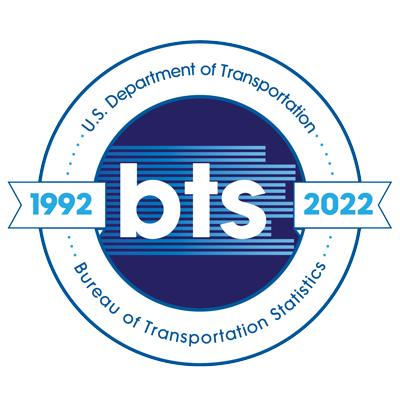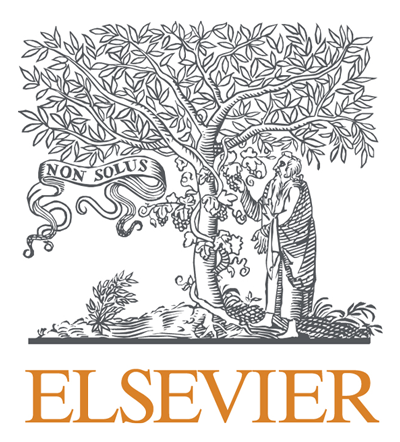Simulating coastal land losses and gains using neighborhood effect optimized convolutional neural networks (NeoCNN) and cellular automata
Topics:
Keywords: Coastline Dynamics, Coastal Louisiana, Neighborhood Effect, Convolutional Neural Network, Cellular Automata, Landscape Prediction
Abstract Type: Paper Abstract
Authors:
Mingzheng Yang Department of Geography, Texas A&M University
Lei Zou Department of Geography, Texas A&M University
Joynal Abedin Department of Geography, Texas A&M University
Binbin Lin Department of Geography, Texas A&M University
Bing Zhou Department of Geography, Texas A&M University
Abstract
Dynamic land cover changes in coastal zones severely disrupt regional ecosystem balance and affect coastal human communities profoundly. There is an urgent need to precisely simulate future coastal land cover changes and identify areas prone to land loss or gain to inform coastal protection and restoration. Most previous studies do not consider the compounding effects of various driving factors and their neighborhood effects, leading to low simulation accuracy and limited knowledge about the mechanism of land cover change. To address this challenge, this study proposed a neighborhood effect optimized convolutional neural network (NeoCNN) model to extract the high dimensional features of landscape dynamic driving factors under different neighborhood scales. The Shapley Additive exPlanations (SHAP) method was applied to enhance the explainability of the NeoCNN model by quantifying the relationship between land cover dynamics and potential driving variables. Logistic regression and artificial neural networks were also adopted to verify the performance improvement of the NeoCNN-CA model. Three algorithms with the Cellular Automata (CA) are applied to model and simulate land cover changes in coastal Louisiana from 2001 to 2019. The results show the NeoCNN-CA renders the highest accuracy. The SHAP’s result reveals subsidence plays a vital role in land simulation. Besides, oil/gas well density is significant in predicting land loss, whereas elevation and human activities significantly affect land creation. Finally, land cover change in coastal Louisiana was simulated based on the NeoCNN-CA model and Markov chain, forecasting an area of 382.36 km2 land loss and 510.92 km2 land gain by 2037.
Simulating coastal land losses and gains using neighborhood effect optimized convolutional neural networks (NeoCNN) and cellular automata
Category
Paper Abstract
Description
Submitted By:
Mingzheng Yang Texas A&M
ymz2020@tamu.edu
This abstract is part of a session: Symposium on Human Dynamics Research: Emerging Disaster Vulnerability, Risk, and Resilience Modeling 1









Share